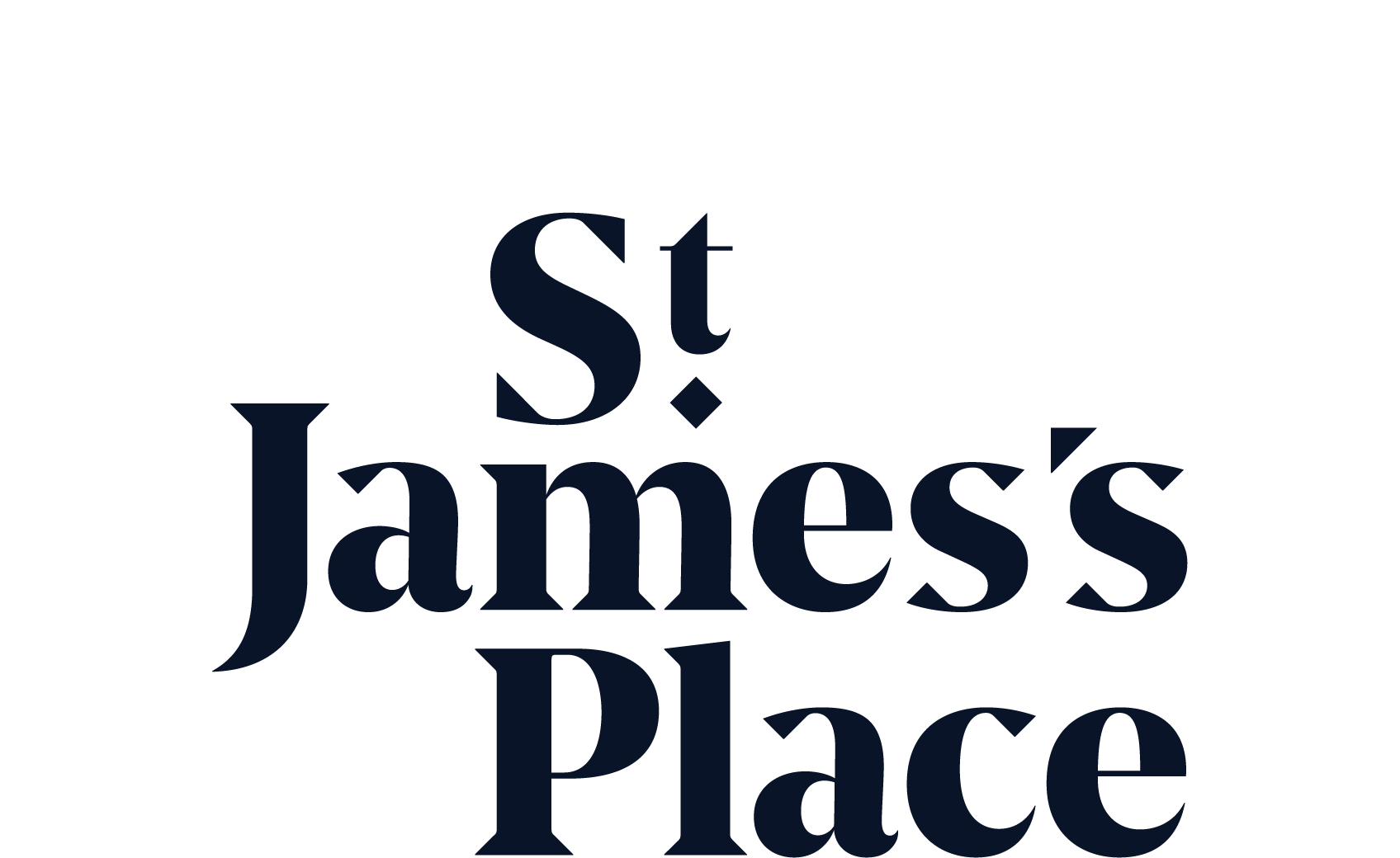Chancellor Rishi Sunak is considering a report1 which says that dramatically increasing capital gains tax could make it simpler and fairer. Although no decision has yet been taken, a worst-case scenario for additional rate tax paying entrepreneurs could see some of those who currently qualify for Business Asset Disposal Relief facing a CGT rise from 10% to 45%.
In the face of the report from the Office of Tax Simplification (OTS) it’s important that you begin careful tax planning to ensure you don’t pay more tax than is necessary. There is a variety of measures you can take, from changing your remuneration strategy to a partial sale but a strategy tailored to your needs requires expert advice.
The report suggests aligning CGT more closely to income tax. Basic-rate taxpayers currently pay 10% CGT on assets and 18% on property, while higher-rate taxpayers are charged 20% on assets and 28% on property. These rates are considerably lower than income tax, which is charged at rates of 20%, 40% and 45%.
Simon Martin, Regional Technical Manager at St. James’s Place, says: “Currently, if you sell a business for £1 million, as long as it qualifies for Business Asset Disposal Relief you pay a maximum £100,000 in CGT. But if you’re an additional rate taxpayer and CGT is aligned with income tax, you’d pay £450,000, so it could be a significant increase.”
Slashing the exemption
The OTS has also suggested reducing the annual CGT exemption from £12,300 to around £5,000 and reassessing Business Asset Disposal Relief and Investors’ Relief, which it says are not working as an incentivise for investment. The report also looks at the way CGT and inheritance tax work together, and in particular the CGT benefit someone receives when they inherit an asset.
Simon says that if you are planning for a business exit in the near term ensuring you qualify for Business Asset Disposal Relief will help limit your CGT liability. If you’re close to a sale, getting the deal done before any CGT changes would also be prudent, he says. Alternatively, When you plan to continue your business for the medium to long term, CGT changes alone may not push you to dramatically change your exit timescales. However, other planning such as pension contributions and an efficient remuneration strategy can help the ultimate CGT position by extracting capital from the business over time.
A St. James's Place Partner will be able to help you develop an overarching financial plan that encompasses both your personal and business assets. Taking advantage of your annual CGT exemption, which currently stands at £12,300 (£24,600 for a couple), could play an important part in limiting your overall CGT liability. And a St. James's Place Partner could help you use your dividend and savings allowances.
Tax-efficient remuneration
It’s also important to ensure that you have a tax-efficient remuneration structure within your company. This involves more than simply taking the maximum £50,000 a year in dividends to stay within the 7.5% tax bracket. You could, for example, give your spouse a 50% shareholding so that he/she can also withdraw dividends at the lower tax rate and help to reduce your CGT liability over time. Maximising your pension contribution is also a useful way of removing capital from your business.
More fundamental approaches could include simply holding on to your business and growing it further to limit the impact of any tax charge. A share buy-back could also form part of your strategy but this is highly specialised tax planning and you would need expert advice. Alternatively, you could consider a partial sale that could see you taking some money from the business at the current CGT rate and planning longer term for the rest.
Nigel Fox, an adviser at business growth consultants Elephants Child says: “There’s always a middle ground. Do you sell 25% of your business today, take some money off the table, accept the tax that you pay and continue to build either as an executive or just as a shareholder? Ultimately, when you come to retire, you sell the rest, accept that there is some tax to pay but you might have been able to put in some inheritance tax planning or structure around trusts that will minimise it at that point.”
Crystalising losses
Nigel also suggests crystalising any capital losses to offset against your capital gains. For example, if you have shares that have fallen in value you may be able to offset these against your tax charge when you exit.
“How you plan your taxes is entirely down to your personal circumstances, your personal risk appetite, your situation in life and what you want to do,” says Nigel. “What I would say is the devil is in the detail. Until you know the detail of what any legislation says, it’s difficult to make those plans.”
If you would like help with tax planning, talk to your St. James’s Place Partner.
Chancellor Rishi Sunak is considering a report1 which says that dramatically increasing capital gains tax could make it simpler and fairer. Although no decision has yet been taken, a worst-case scenario for additional rate tax paying entrepreneurs could see some of those who currently qualify for Business Asset Disposal Relief facing a CGT rise from 10% to 45%.
In the face of the report from the Office of Tax Simplification (OTS) it’s important that you begin careful tax planning to ensure you don’t pay more tax than is necessary. There is a variety of measures you can take, from changing your remuneration strategy to a partial sale but a strategy tailored to your needs requires expert advice.
The report suggests aligning CGT more closely to income tax. Basic-rate taxpayers currently pay 10% CGT on assets and 18% on property, while higher-rate taxpayers are charged 20% on assets and 28% on property. These rates are considerably lower than income tax, which is charged at rates of 20%, 40% and 45%.
Simon Martin, Regional Technical Manager at St. James’s Place, says: “Currently, if you sell a business for £1 million, as long as it qualifies for Business Asset Disposal Relief you pay a maximum £100,000 in CGT. But if you’re an additional rate taxpayer and CGT is aligned with income tax, you’d pay £450,000, so it could be a significant increase.”
Slashing the exemption
The OTS has also suggested reducing the annual CGT exemption from £12,300 to around £5,000 and reassessing Business Asset Disposal Relief and Investors’ Relief, which it says are not working as an incentivise for investment. The report also looks at the way CGT and inheritance tax work together, and in particular the CGT benefit someone receives when they inherit an asset.
Simon says that if you are planning for a business exit in the near term ensuring you qualify for Business Asset Disposal Relief will help limit your CGT liability. If you’re close to a sale, getting the deal done before any CGT changes would also be prudent, he says. Alternatively, When you plan to continue your business for the medium to long term, CGT changes alone may not push you to dramatically change your exit timescales. However, other planning such as pension contributions and an efficient remuneration strategy can help the ultimate CGT position by extracting capital from the business over time.
A St. James's Place Partner will be able to help you develop an overarching financial plan that encompasses both your personal and business assets. Taking advantage of your annual CGT exemption, which currently stands at £12,300 (£24,600 for a couple), could play an important part in limiting your overall CGT liability. And a St. James's Place Partner could help you use your dividend and savings allowances.
Tax-efficient remuneration
It’s also important to ensure that you have a tax-efficient remuneration structure within your company. This involves more than simply taking the maximum £50,000 a year in dividends to stay within the 7.5% tax bracket. You could, for example, give your spouse a 50% shareholding so that he/she can also withdraw dividends at the lower tax rate and help to reduce your CGT liability over time. Maximising your pension contribution is also a useful way of removing capital from your business.
More fundamental approaches could include simply holding on to your business and growing it further to limit the impact of any tax charge. A share buy-back could also form part of your strategy but this is highly specialised tax planning and you would need expert advice. Alternatively, you could consider a partial sale that could see you taking some money from the business at the current CGT rate and planning longer term for the rest.
Nigel Fox, an adviser at business growth consultants Elephants Child says: “There’s always a middle ground. Do you sell 25% of your business today, take some money off the table, accept the tax that you pay and continue to build either as an executive or just as a shareholder? Ultimately, when you come to retire, you sell the rest, accept that there is some tax to pay but you might have been able to put in some inheritance tax planning or structure around trusts that will minimise it at that point.”
Crystalising losses
Nigel also suggests crystalising any capital losses to offset against your capital gains. For example, if you have shares that have fallen in value you may be able to offset these against your tax charge when you exit.
“How you plan your taxes is entirely down to your personal circumstances, your personal risk appetite, your situation in life and what you want to do,” says Nigel. “What I would say is the devil is in the detail. Until you know the detail of what any legislation says, it’s difficult to make those plans.”
If you would like help with tax planning, talk to your St. James’s Place Partner.
Chancellor Rishi Sunak is considering a report1 which says that dramatically increasing capital gains tax could make it simpler and fairer. Although no decision has yet been taken, a worst-case scenario for additional rate tax paying entrepreneurs could see some of those who currently qualify for Business Asset Disposal Relief facing a CGT rise from 10% to 45%.
In the face of the report from the Office of Tax Simplification (OTS) it’s important that you begin careful tax planning to ensure you don’t pay more tax than is necessary. There is a variety of measures you can take, from changing your remuneration strategy to a partial sale but a strategy tailored to your needs requires expert advice.
The report suggests aligning CGT more closely to income tax. Basic-rate taxpayers currently pay 10% CGT on assets and 18% on property, while higher-rate taxpayers are charged 20% on assets and 28% on property. These rates are considerably lower than income tax, which is charged at rates of 20%, 40% and 45%.
Simon Martin, Regional Technical Manager at St. James’s Place, says: “Currently, if you sell a business for £1 million, as long as it qualifies for Business Asset Disposal Relief you pay a maximum £100,000 in CGT. But if you’re an additional rate taxpayer and CGT is aligned with income tax, you’d pay £450,000, so it could be a significant increase.”
Slashing the exemption
The OTS has also suggested reducing the annual CGT exemption from £12,300 to around £5,000 and reassessing Business Asset Disposal Relief and Investors’ Relief, which it says are not working as an incentivise for investment. The report also looks at the way CGT and inheritance tax work together, and in particular the CGT benefit someone receives when they inherit an asset.
Simon says that if you are planning for a business exit in the near term ensuring you qualify for Business Asset Disposal Relief will help limit your CGT liability. If you’re close to a sale, getting the deal done before any CGT changes would also be prudent, he says. Alternatively, When you plan to continue your business for the medium to long term, CGT changes alone may not push you to dramatically change your exit timescales. However, other planning such as pension contributions and an efficient remuneration strategy can help the ultimate CGT position by extracting capital from the business over time.
A St. James's Place Partner will be able to help you develop an overarching financial plan that encompasses both your personal and business assets. Taking advantage of your annual CGT exemption, which currently stands at £12,300 (£24,600 for a couple), could play an important part in limiting your overall CGT liability. And a St. James's Place Partner could help you use your dividend and savings allowances.
Tax-efficient remuneration
It’s also important to ensure that you have a tax-efficient remuneration structure within your company. This involves more than simply taking the maximum £50,000 a year in dividends to stay within the 7.5% tax bracket. You could, for example, give your spouse a 50% shareholding so that he/she can also withdraw dividends at the lower tax rate and help to reduce your CGT liability over time. Maximising your pension contribution is also a useful way of removing capital from your business.
More fundamental approaches could include simply holding on to your business and growing it further to limit the impact of any tax charge. A share buy-back could also form part of your strategy but this is highly specialised tax planning and you would need expert advice. Alternatively, you could consider a partial sale that could see you taking some money from the business at the current CGT rate and planning longer term for the rest.
Nigel Fox, an adviser at business growth consultants Elephants Child says: “There’s always a middle ground. Do you sell 25% of your business today, take some money off the table, accept the tax that you pay and continue to build either as an executive or just as a shareholder? Ultimately, when you come to retire, you sell the rest, accept that there is some tax to pay but you might have been able to put in some inheritance tax planning or structure around trusts that will minimise it at that point.”
Crystalising losses
Nigel also suggests crystalising any capital losses to offset against your capital gains. For example, if you have shares that have fallen in value you may be able to offset these against your tax charge when you exit.
“How you plan your taxes is entirely down to your personal circumstances, your personal risk appetite, your situation in life and what you want to do,” says Nigel. “What I would say is the devil is in the detail. Until you know the detail of what any legislation says, it’s difficult to make those plans.”
If you would like help with tax planning, talk to your St. James’s Place Partner.




